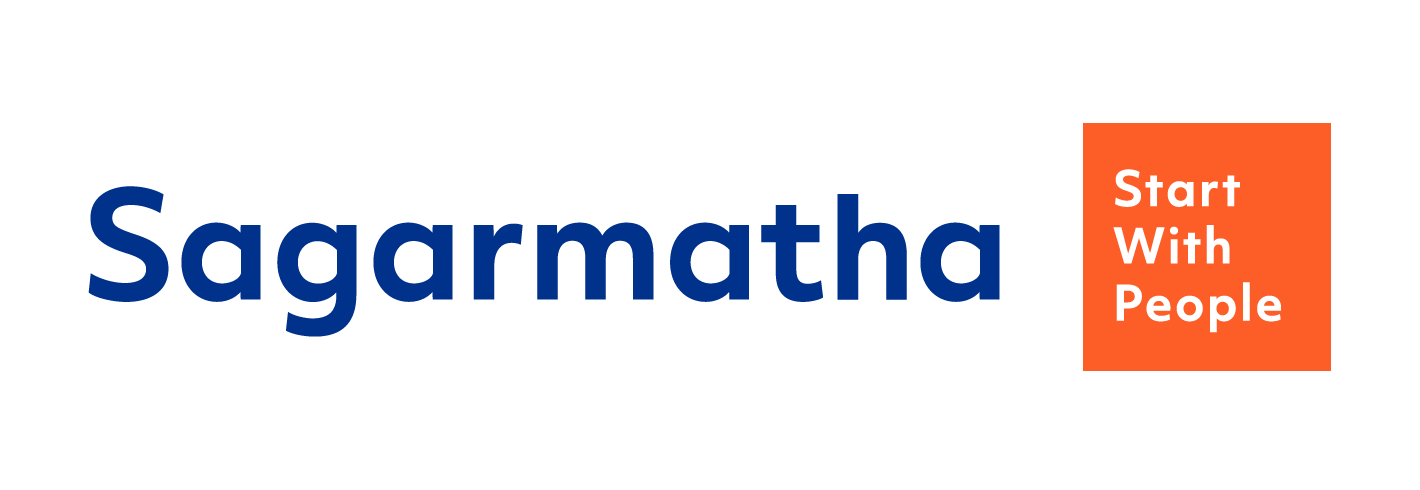Is the employee experience the latest fashionable concept? Not really! Often ignored by the different components of the company, the employee experience can bring real added value, for everyone. For the employee? Obviously… being good at their job, identified as someone who counts, feeling useful, giving meaning to their tasks. The company is a winner too, with better performance and a fertile climate for innovation. When a company is perceived well from within, it radiates this to the outside, boosting its appeal. The employee experience, a guaranteed win-win scenario! Do you want to develop and improve the employee experience in your company? We’ll give you a good basis to start from.
Developing the employee experience: user guide
So what is the employee experience?
It’s the employee’s everyday experience in the company: their activities, how they use their working tools, their interactions and their journey through the company. Although the employee experience has often been under-estimated, it is in fact crucial to the operation and productivity of a business.
For a long time, companies have been working to improve customer relations, optimise the buying process and strengthen loyalty and recommendations. This has now become standard.
Google has developed the “Zero Moment Of Truth” (ZMOT) theory. This identifies at what point the buying decision is made by the consumer, or more specifically the consumer 2.0.
Although all companies work to identify the areas they can improve to take care of the “ZMOT”, few of them are yet aware that taking care of the employee experience is part of the same challenge. However, when a company works on its employee experience, this positively impacts its whole ecosystem!
“Learn to look after your staff first, and the rest will follow!”
Richard Branson, founder of Virgin

Did you know?
70% of candidates search for opinions about a company online before entering a contract
Developing the employee experience in 6 key points
Before putting together your battle plan to improve the employee experience, implement these few steps to get off on the right foot:
1. Give new arrivals a proper welcome
“The first impression is always right!” it seems. The arrival of your new employees is a unique moment in the relationship as they have all the necessary equipment to help them settle in, someone guides them the first few days, their IT authorisations are set up and they are given answers to all their questions. At Sagarmatha, for example, we have put in place a sponsorship system so that new recruits always have someone to turn to, a trusted adviser.
2. Involve your employees in the company project
All work must have meaning, that’s why we get up in the morning. When employees are involved in the company’s projects and able to make the link between their daily actions and strategic ambitions, they can contribute and add their stone to the building. It’s much more than simply communicating the strategy, each employee must have the freedom to put it into action.
3. Contribute to well-being
Well-being at work is crucial to the employee experience, as it is directly related to motivation and therefore performance. In addition to material aspects, each employee must be able to feel trusted and responsible. What freedom do they have about how to organise their work (pace, hours, etc.)? We’re convinced that enjoying work leads to better performance.
4. Encourage initiatives
Freedom also means creativity. When they’re encouraged to take initiatives, employees will be even more willing to make proposals. It’s a question of relevance and, once again, meaning. At Sagarmatha, we’ll help you set up interest groups to work on specific topics.
5. Create connections
Links need to be maintained everywhere, at all times. Top management, middle management and all employees need to be involved. It’s best to create mixed project groups, encourage people to meet up during “off-duty” periods, and plan times for employees to connect with each other, at events but also on an everyday basis (meet-up cafés, warm-ups, charity activities, etc.). So many daily tensions can be solved during these “off” times!
6. Give recognition
Recognition helps to maintain a good employer-employee relationship. Although it’s easy to focus on errors, we need to think about saying thank you and highlighting people’s good initiatives. Don’t hesitate to give your employees recognition and guide your managers to do the same. This can be done through simple language on a daily basis, but also through dedicated events. At Sagarmatha, for example, we can help you set up a recognition programm and an award ceremony to showcase your employees’ talents and show them your recognition.

Sagarmatha’s tailor-made solutions
At Sagarmatha, we’re convinced that a large part of a company’s potential is down to the employee experience. So we support companies in bringing CX (Customer Experience) and EX (Employee Experience) together.
To start with, we get to know your company and your employees. We draw up an inventory, then we try to “get inside the skin” of your employees to understand what they’re feeling and their experience at work. The objective? To offer you solutions that suit you. Once the strengths and weaknesses have been identified, we will help you define a system and put it in place using a personalised methodology. We will offer your employees special events, full of fun, such as internal challenges or fun operational experiences, particularly through learning games.

